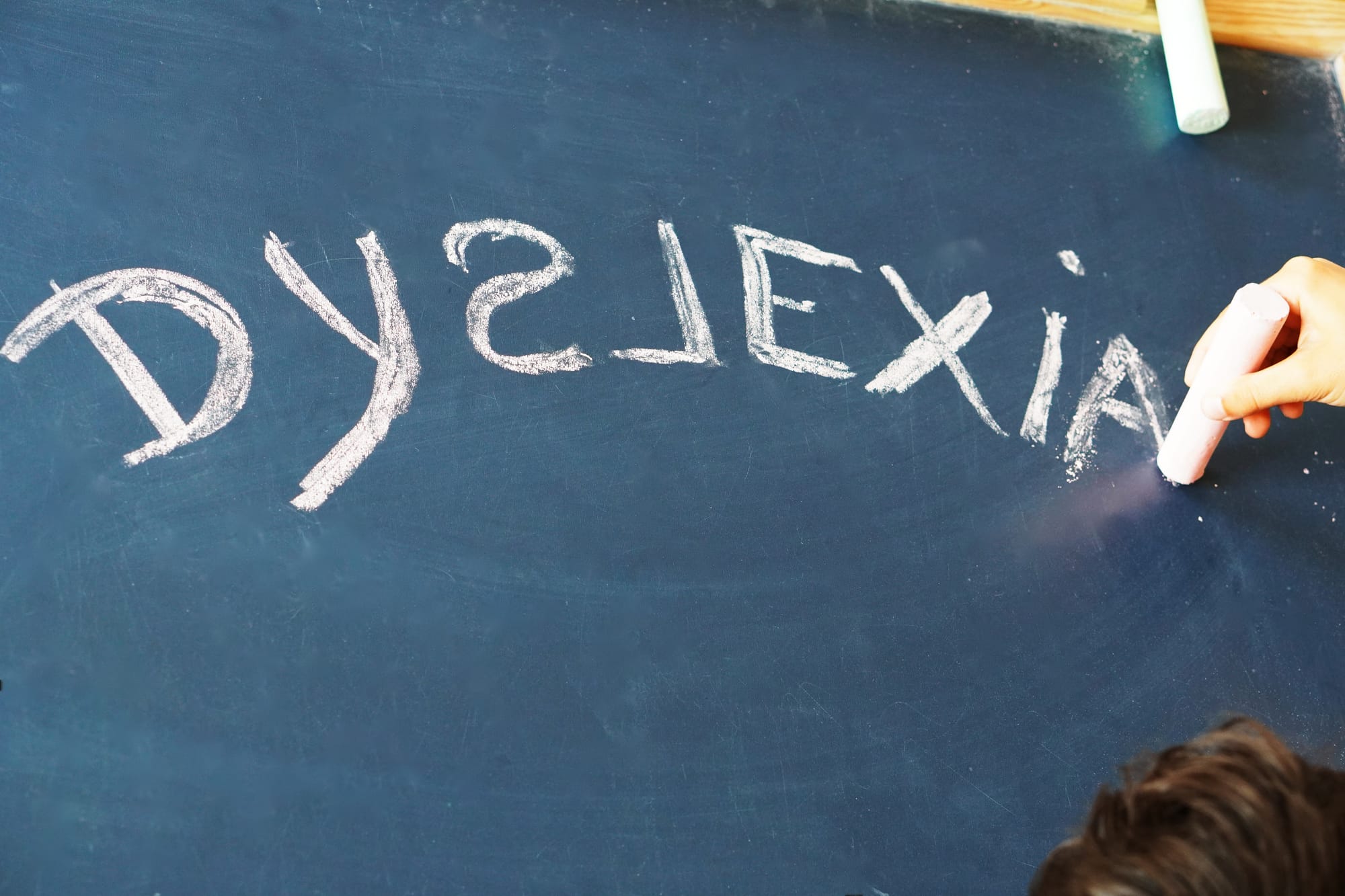Inclusive Classroom Practices: Empowering Dyslexic Learners

Inclusive classroom practices are essential for fostering a supportive and effective learning environment, especially for students with learning differences such as dyslexia. Dyslexia, a common learning difficulty, affects areas of the brain that process language, making reading and related activities challenging. Educators can implement specific strategies to empower dyslexic learners, ensuring they have equal opportunities to succeed academically and socially. Here are some crucial tips for creating an inclusive classroom that supports dyslexic students.
1. Understand the Needs of Dyslexic Students
Proper training on dyslexia is vital for educators. Understanding the challenges and needs of dyslexic students allows teachers to adapt teaching methods to assist them better. Recognize that dyslexia varies significantly among students; it is not just about jumbled letters, but can also affect memory, organization, and processing speed.
2. Use Multisensory Teaching Techniques
Engage multiple senses to help reinforce learning. Techniques that incorporate visual, auditory, and kinesthetic elements can enhance memory and learning processes. For example, while teaching spelling, have students trace words with their fingers while simultaneously saying the letters out loud.
3. Provide Structured and Explicit Instruction
Instruction should be explicit, direct, and systematic. Break down reading and writing tasks into smaller, manageable components, and teach each skill explicitly. For instance, focus on phonemic awareness and phonics in early reading skills, building up to more complex tasks gradually.
4. Offer Accommodations
Provide accommodations to reduce or eliminate the barriers dyslexic students face. Common accommodations include extra time on tests, oral exams, or the use of text-to-speech software. The goal is to assess knowledge and skills rather than the effects of dyslexia on the performance.
5. Utilize Assistive Technology
Assistive technology can be a great equalizer in an inclusive classroom. Tools such as speech-to-text and text-to-speech software, digital books, and audiobooks help dyslexic learners access information in ways that match their learning needs.
6. Emphasize Strengths and Interests
Focusing on the strengths and interests of students can motivate and engage them. Dyslexic students often excel in areas outside of reading and writing, such as art, music, or physical activities. Building curriculum around their interests can improve engagement and self-esteem.
7. Create a Supportive Classroom Environment
A supportive and understanding classroom environment is critical. Encourage a culture of respect and understanding among all students. Activities that promote empathy and awareness of dyslexia can help foster an inclusive classroom.
8. Implement Explicit Vocabulary Instruction
Direct vocabulary instruction is beneficial for dyslexic learners, helping them build a rich lexicon that can aid reading comprehension. Introduce new vocabulary in context and provide multiple exposures to new words across different contexts.
9. Encourage Use of Graphic Organizers
Graphic organizers can help dyslexic students visualize information, organize their thoughts, and plan for writing assignments. Tools such as mind maps or Venn diagrams can be helpful aids in processing and retaining information.
10. Provide Positive Feedback and Support
Constant encouragement can help build the self-confidence of dyslexic learners. Celebrate small achievements and provide constructive feedback with a focus on effort and improvement rather than perfection. Educators should regularly check in with dyslexic students to offer support and address any concerns.
By implementing these inclusive practices, educators can make a significant difference in the educational experiences and outcomes of dyslexic learners. Creating an environment that addresses the unique needs of these students not only helps them develop essential academic skills but also fosters resilience, self-esteem, and a love for learning. Overall, the goal of inclusion is to provide all students with the opportunity to succeed and feel valued within their educational environment.